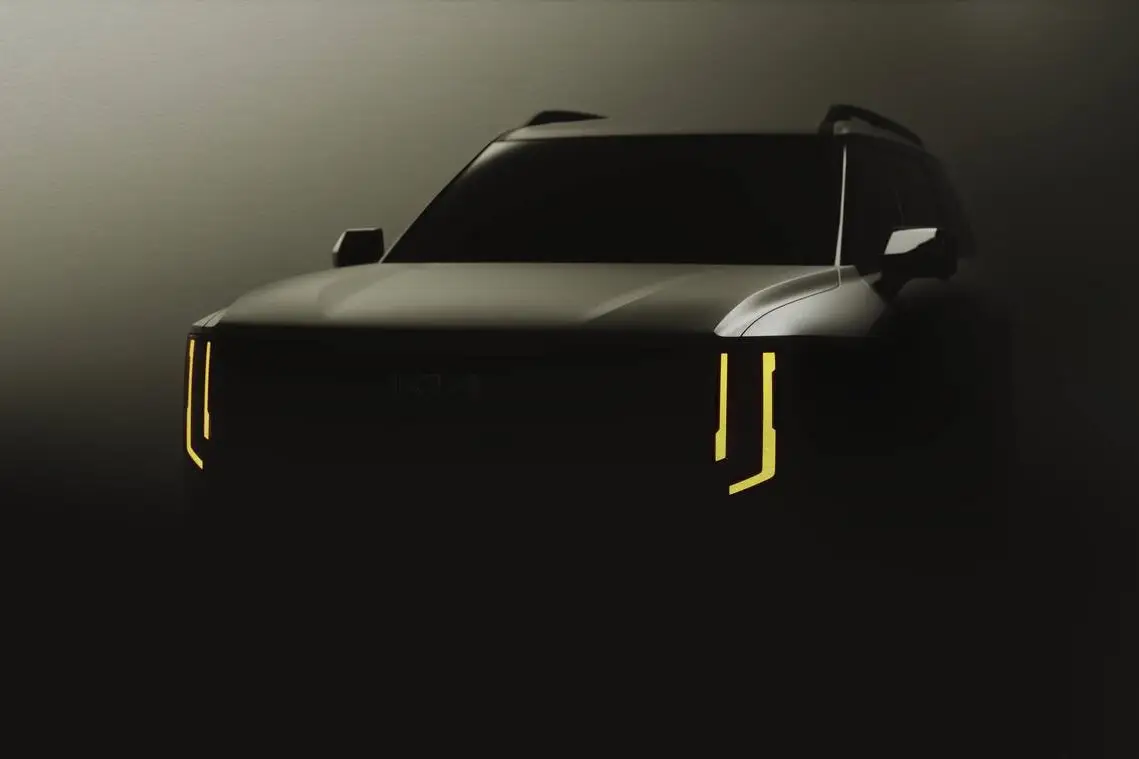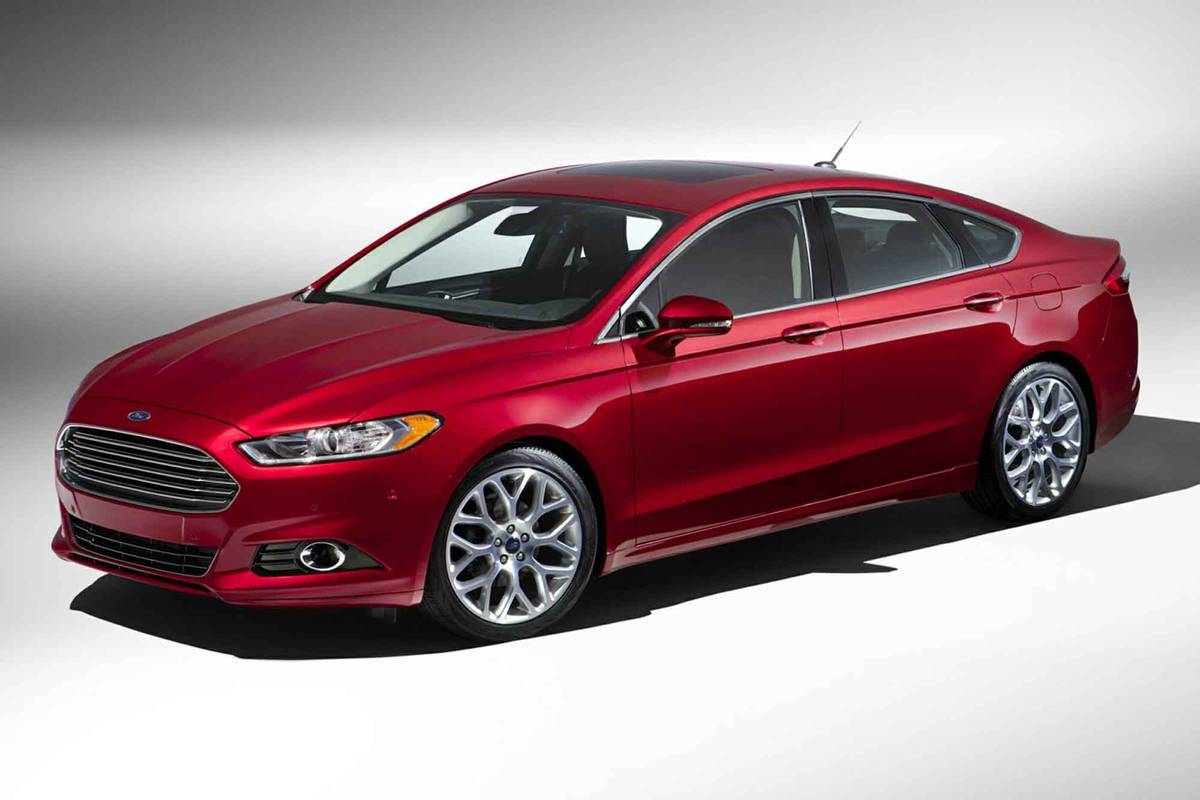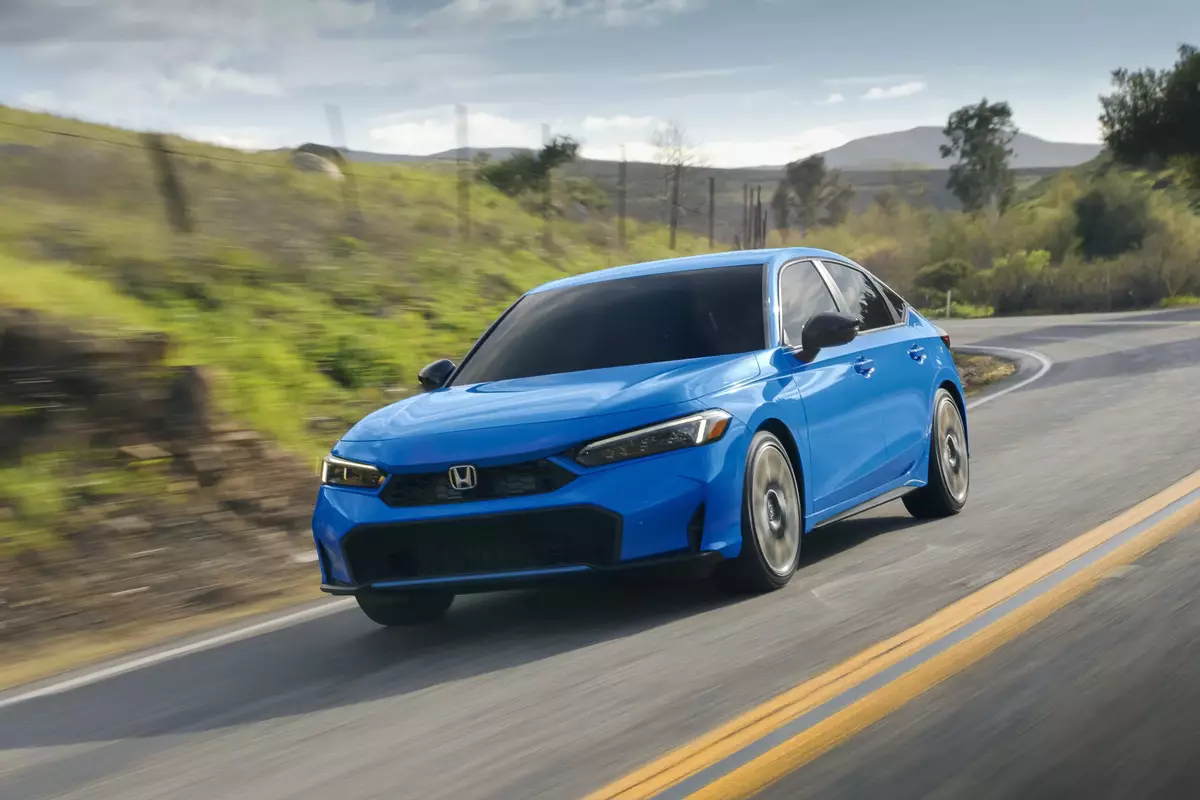Star-Telegram.com's view
All new during midyear 2005, the Volkswagen Jetta returns for 2006 with no changes, but in its newest — and best-ever — form.
VW introduced the redesigned Jetta about halfway through the ’05 model year, apparently not wanting to wait for 2006.
And as with Jettas — and other VWs of the recent past as well — this is yet another car that fully embodies Volkswagen’s marketing theme, “Drivers Wanted,” which is meant to suggest that these cars are for people who are serious about driving, not just getting from Point A to Point B.
In fact, the new Jetta isn’t for everyone, Volkswagen says. It’s not for “appliance motoring,” the company says, a reference to cars such as the Toyota Camry and Honda Accord, which appeal to people aren’t as interested in the driving experience as they are an “appliance” vehicle that will just take them wherever they need to go.
“VWs are not for everybody; they’re for people who care about taking the long way home,” a top Volkswagen official contends. “They are designed for drivers.”
Such a position tends to leave an automaker out of the mainstream, since the majority of consumers seem to want appliance cars. And whether this strategy of marketing Volkswagens as cars intended for a special few is by necessity or design is anyone’s guess.
VW lost its leadership position in U.S. import-car sales to the Japanese automakers in the early ’70s when the Beetle fad began to wear off, and since then, the German automaker has had a hard time keeping up with the Japanese in the sheer volume of import-branded vehicles sold in the United States.
For instance, Toyota sold 426,990 Camrys and Honda 386,770 Accords during 2004, while VW sold just 67,600 of the comparable Passat — despite the Passat having been rated the best midsize sedan by Consumer Reports.
Among compacts, where the Jetta competes, Toyota sold 333,161 Corollas and Honda 309,196 Civics during all of 2004. Volkswagen sold just 91,790 Jettas, the brand’s best-selling U.S. vehicle. Yet almost any real driving aficionado will choose a Jetta over a Civic or Corolla in head-to-head comparisons.
Volkswagen certainly enjoyed its dominance of the U.S. import market in the ’50 and ’60s, so it’s hard to believe that the company really wants to be just a niche player here. And after a thorough evaluation of the new Jetta, it’s hard to believe the company really will stay a niche player. This car competes well against any compact on the market, even those appliance cars, in every respect — including reliability, the place where the Japanese have had an edge.
Volkswagen expects to sell about 140,000 of the new Jetta in its first full year, which is how many were sold after the last complete makeover, in 1999, a spokesman said.
Still, promoting the Jetta as somehow special and above the average Toyota or Honda appliance vehicle is more than just marketing, it’s a fact. Go drive one and see what I mean.
This newest Jetta features above-average roadhandling and edgy styling that lift it above most of the rest of the compact class, which really is mostly about cookie-cutter economy cars intended for the masses. There are some other exceptions, of course, such as the Mazda 3, which I consider the Japanese equivalent of the Jetta.
The base Jetta comes with a new inline five-cylinder engine, whose rated 150 horsepower and 170 foot-pounds of torque is quite a boost over the previous-generation’s 115-horsepower four-cylinder.
VW claims a zero-to60 mpg time of 9.1 seconds (with automatic) and a top speed of 129.3 mph.
Truthfully, though, this engine is more like one designed for the appliance motorist, however. On uphill grades, a Jetta equipped with this engine can feel a bit underpowered to be considered a real driver’s vehicle, but no different from a Civic or Corolla.
The entry-level Jetta, with a starting price of about $18,000 with a manual gearbox and $19,000 for an automatic, actually is designed for people who might otherwise be satisfied with the four-cylinder power of a base Civic or Corolla.
For those looking for more excitement, the Jetta now is also available with a new 2.0-liter turbocharged four-cylinder engine, which is also offered in the redesigned 2006 Passat.
This engine also is the base engine in the redesigned Audi A4 compact. It turns out 200 horsepower and 207 foot-pounds of torque. In the Audi, which is on the same chassis platform and is similar in size to the Jetta, this engine provides lots of pep, just what the new Jetta needs to be truly more than an appliance.
Jettas equipped with this engine have the same pep, and are offered with a six-speed manual gearbox, also used in the Audi. (Audi is Volkswagen’s premium brand.) Also available in the new Jetta is the 1.9-liter turbodiesel engine carried over from the previous model, rated at 100 horsepower and 177 foot-pounds of torque.
As for the base Jetta, it comes with either a six-speed Tiptronic automatic transmission or a five-speed manual gearbox, just the thing for people who want to get more performance out of the 2.5-liter engine.
The new Jetta is significantly larger than before, with new styling, the additional power, a new electromechanical power-steering system and a new multilink suspension system. VW calls the car a model of “affordable German engineering.”
It’s seven inches longer, and has a wheelbase three inches longer than before. The new grille has a “V” shape that VW says can be traced back to the original Beetle.
Despite having a New Beetle in its lineup, the Jetta actually is the continuation of the old Beetles’ replacement. The Jetta was introduced in 1980 as VW’s new volume-seller, and over its 25-year history, more than 2.2 million have been sold worldwide.
The new car’s improved handling is attributed to the revised suspension and a more-rigid body, made possible by the extensive use of high-strength steel, Spevetz said.
Inside, the car is nearly as roomy as some midsize sedans, at 91 cubic feet of space. And the trunk is positively cavernous, larger than that of the midsize Accord and nearly on par with the Camry’s, at 16 cubic feet. That’s about three cubic feet more than either of the Jetta’s two major competitors, the Civic and Corolla.
Extra room was built into the back seat to make the new Jetta comfortable for up to five adults. Legroom has increased by 1.9 inches over the previous model.
Safety features include six standard air bags, including side curtains for front and rear. Active head restraints are standard, and rear-side thorax air bags are optional.
Vehicle stability control is standard on all but the base model, but is offered as a $280 option on the base.
The base price of about $18,500 (including freight) brings the “value model,” which Includes the most-popular standard equipment. Not a stripped-down model, it inclues such features are power steering and brakes, air conditioning, power/heated outside mirrors, manual gearbox and the 2.5-liter engine.
The highest-priced 2.5 model, at about $25,700, includes full leather interior, universal garage/gate opener, satellite radio, dual-zone automatic climate control, six-disc CD changer (with MP3 playback), rain-sensing wipers, power driver’s seat, and wood trim, among other amenities.
No wagon version will be offered, at least for now. The first Jetta wagon was introduced just three years ago, but production has ended with the startup of production of the newest Jetta, Hunt said.
All Jettas are built at VW’s plant in Puebla, Mexico, which has received $800 million in upgrades, including state-of-the-art robotics, for the new Jetta, the company said.
– – –
G. Chambers Williams III is staff automotive columnist for the San Antonio Express-News and former transportation writer for the Star-Telegram. His automotive columns have appeared regularly in the Star-Telegram since 1995. Contact him at (210) 250-3236; chambers@star-telegram.com.
Latest news



